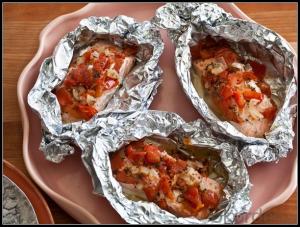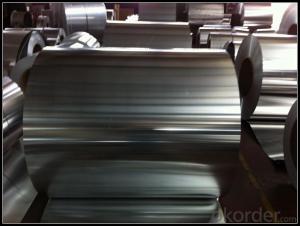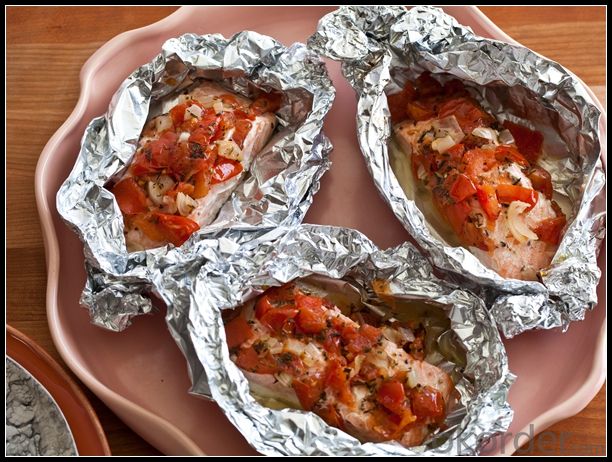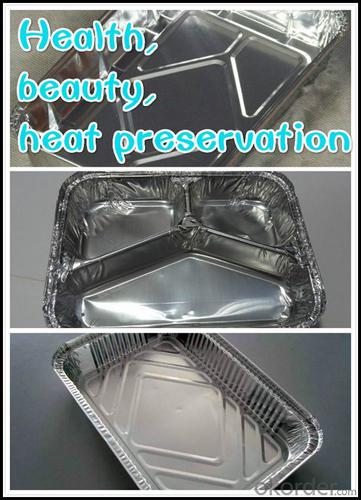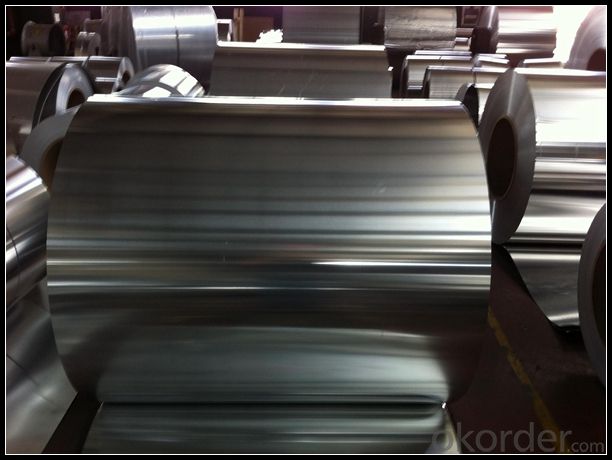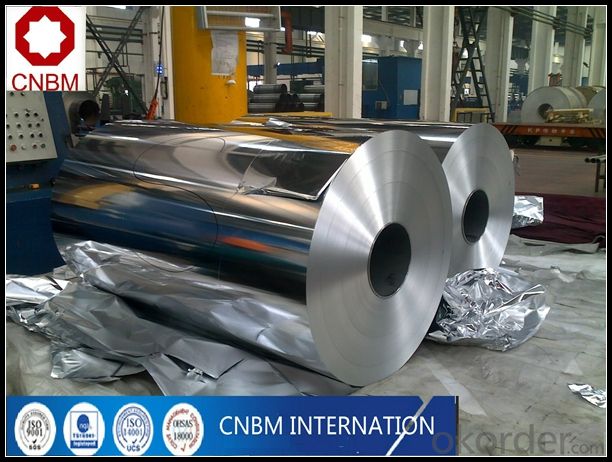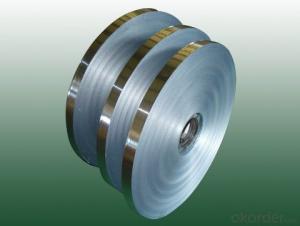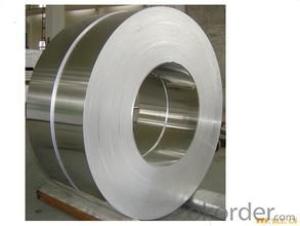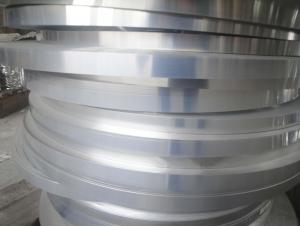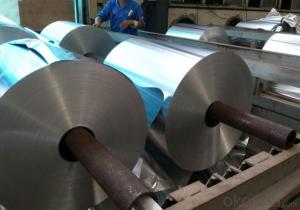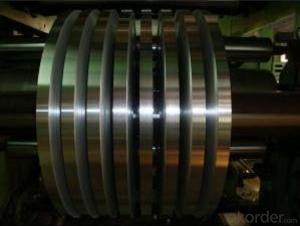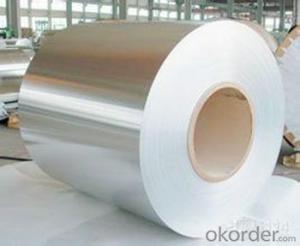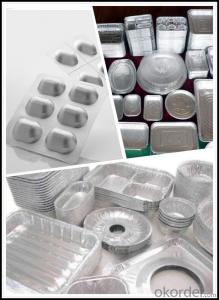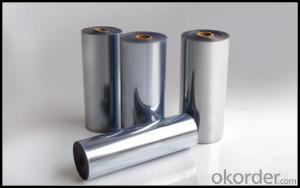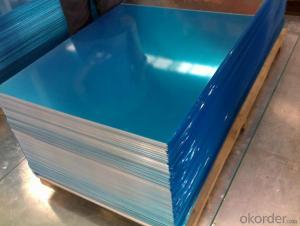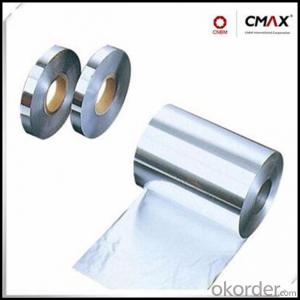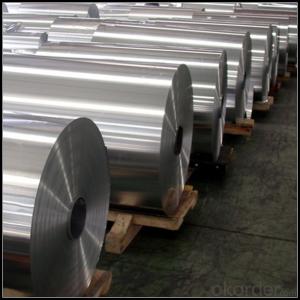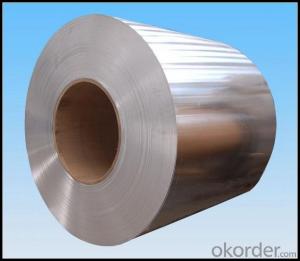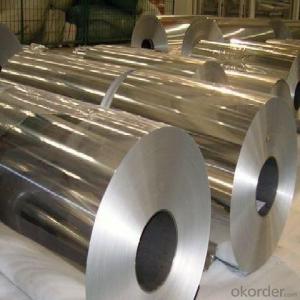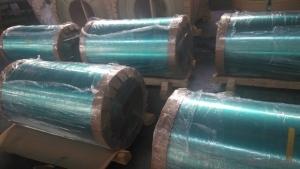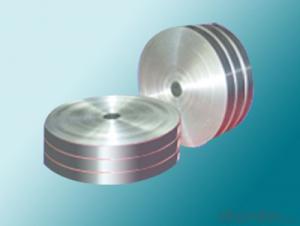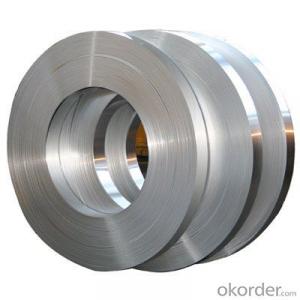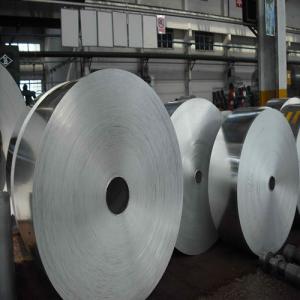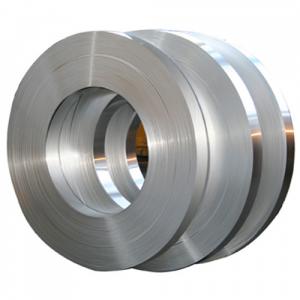Aluminum Strips Home Depot - Solderable Aluminum Sheets with Different Specifications
- Loading Port:
- Tianjin
- Payment Terms:
- TT OR LC
- Min Order Qty:
- 1 m.t.
- Supply Capability:
- 4999 m.t./month
OKorder Service Pledge
OKorder Financial Service
You Might Also Like
Specification
1. Specification of Aluminum
1) Alloy | 1050, 1060,1100, 3003 3004 3105 3005 5005 5052 etc |
2) Temper | O/H12/H14/H1/H18/H32/H34/H36/H38//H111/H112/H116/H321/T6/T651/T3/T351 etc |
3) Thickness | 0.1mm to 6mm |
4) Width | 20mm to 3300mm |
5) Coil weight | 100kgs to 6 tons depends on actual requirement |
6) Core material | Aluminum alloy |
7) Coil Inner diameter | 76mm, 152mm,or as required |
2. Application of Aluminum
(1).Interior: wall cladding, ceilings, bathrooms, kitchens and balconies, shutters, doors...
(2).Exterior: wall cladding, facades, roofing, canopies, tunnels,column covers , renovations...
(3).Advertisement: display platforms, signboards, fascia, shop fronts...
3. Feature of Aluminum
Aluminum reacts with air to grow its own thin oxide coating very fast. This hard, dark gray coating protects the metal. It's found on all bare aluminum surfaces, including utensils which, if rubbed on a counter or range top, or other material, makes a dark gray mark. If washed off the outside of the pan, it quickly forms again. A commercial process, called "anodizing", thickens this coat and often colors it. Anodizing does not rub off. A special anodizing process produces a very hard, dark gray finish on professional type cookware.
4. Certificate:
SGS and ROHS(if client request, paid by client), MTC(plant provided), Certificate of Origin(FORM A, FORM E, CO), Bureau Veritas and SGS (if client request, paid by client), CIQS certificate
5. Image of Aluminum
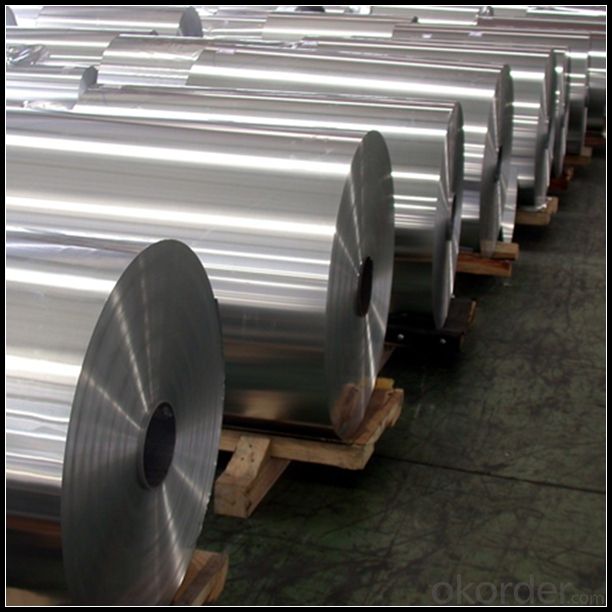
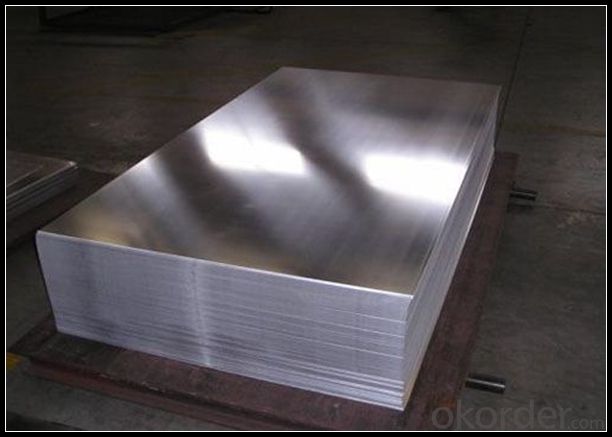
6. Our Service
1. Reply your enquiry in 24 working hours. |
2. OEM, buyer design, buyer label services provided. |
3. Exclusive and unique solution can be provide to our customer by our well traned and professional engineers and staffs. |
4. We can provide free sample for your check |
5. We have the certification of ISO 9001 |
6. Timely delivery |
7. Special discount and protection of sales area provided to our distributor. |
8. Good after-sale service. |
7. FAQ
Q: What is the produce prase? | ||||
A: Normally it would be 40days after received your deposit. | ||||
Q: Can you provide free samples? | ||||
A: Yes, free samples will be sent to you on freight at destination. | ||||
Q: Can I get your latest catalogue? | ||||
A: Yes, it will be sent to you in no time. | ||||
Q: What is the MOQ? | ||||
A: 3 tons | ||||
Q: What are your payment terms? | ||||
A: We accept L/C, D/A, D/P, T/T, West Union,etc. |
- Q: This question asks whether aluminum strips are suitable for use in cold weather conditions.
- <p>Aluminum strips are generally suitable for cold climates. Aluminum has a low coefficient of thermal expansion, which means it doesn't expand or contract significantly with temperature changes. This property makes it resistant to the effects of cold weather. Additionally, aluminum is lightweight, durable, and corrosion-resistant, which are desirable traits in materials used in cold environments. However, it's important to consider specific applications and the quality of the aluminum strip, as certain alloys or treatments may affect performance in extreme cold.</p>
- Q: Explain the distinctions between aluminum foil and aluminum strips in a few sentences.
- <p>Aluminum foil and aluminum strips are both made from aluminum but differ in thickness and application. Aluminum foil is very thin, typically used for food packaging, cooking, and insulation due to its light weight and flexibility. It is also reflective, which makes it useful for cooking and baking. Aluminum strips, on the other hand, are thicker and more rigid, often used in construction, manufacturing, and automotive industries for structural support, heat exchangers, and electrical conductivity. They are not as flexible as foil and are not typically used for food-related applications.</p>
- Q: What are the elements and compounds that make up aluminum strips?
- <p>Aluminum strips are primarily composed of the element aluminum (Al), which is a lightweight, silvery-white, and malleable metal. Aluminum is a pure element and not a compound, so its composition is straightforward. It is found in Group 13 of the periodic table and has an atomic number of 13. In its pure form, aluminum is soft and lacks sufficient strength for many applications, so it is often alloyed with other elements such as copper, magnesium, manganese, silicon, and zinc to improve its strength and durability. These alloying elements can make up a small percentage of the total composition, but they significantly enhance the properties of the aluminum strips for various industrial uses.</p>
- Q: What benefits does aluminum offer as a roofing material compared to other metals?
- <p>Aluminum strips for metal roofing offer several advantages over other types of metal roofing. They are lightweight and easy to install, reducing labor costs. Aluminum is highly resistant to corrosion, ensuring a long lifespan and low maintenance. It also reflects heat well, which can help keep buildings cooler and reduce energy costs. Additionally, aluminum is recyclable and can be produced in various colors, making it an environmentally friendly and aesthetically versatile choice.</p>
- Q: Is it possible to use aluminum strips for decking purposes or for a neighbor's house?
- <p>Yes, you can use aluminum strips for your deck or your neighbor's house, provided it is for decorative or structural purposes approved by local building codes. Aluminum is known for its durability, resistance to corrosion, and low maintenance requirements, making it a popular choice for outdoor applications like decks. However, it's important to check with local regulations and consult with a professional to ensure the proper installation and use of aluminum strips to avoid any safety or legal issues.</p>
- Q: Describe the process of manufacturing aluminum strips.
- <p>The production process of aluminum strips involves several key steps. Initially, raw aluminum ingots are melted in a furnace. Once molten, the aluminum is poured into molds to create billets. These billets are then heated and passed through a series of rollers to reduce their thickness and achieve the desired strip dimensions. This process, known as hot or cold rolling, is repeated multiple times to refine the strip's thickness and surface quality. After rolling, the aluminum strips may undergo annealing to improve ductility and strength. Finally, the strips are cleaned, coated if necessary, and cut to length before being packaged and shipped to customers.</p>
- Q: Is it possible to apply paint to aluminum strips once they have been installed?
- <p>Yes, aluminum strips can be painted after installation. However, it is essential to prepare the surface properly. This includes cleaning the aluminum to remove any dirt or grease, then lightly sanding it to create a better surface for the paint to adhere to. It is also recommended to use a primer specifically designed for metal surfaces to enhance the paint's durability and adhesion. After priming, the aluminum strips can be painted with a suitable paint, such as a high-quality acrylic or enamel paint, following the manufacturer's instructions for application and drying times.</p>
- Q: Explain how aluminum strips enhance the performance and durability of bicycles.
- <p>Aluminum strips contribute to bicycle performance and durability by providing a lightweight and strong material for the frame and components. Aluminum's low density reduces the overall weight of the bike, enhancing its acceleration and climbing capabilities. Its high strength-to-weight ratio allows for thinner frame walls without compromising structural integrity, which improves rigidity and power transfer from the rider to the wheels. Additionally, aluminum's resistance to corrosion and fatigue means that the bike can withstand harsh weather conditions and repeated use without significant wear and tear, thus increasing its longevity and reliability.</p>
- Q: What are the typical applications of aluminum strips within the construction industry?
- <p>Aluminum strips are commonly used in construction for various purposes due to their strength, durability, and lightweight properties. They are often used as a component in the manufacturing of aluminum windows and doors for their high strength-to-weight ratio and resistance to corrosion. Aluminum strips are also utilized in the construction of curtain walls, which are the outer coverings of buildings, for their aesthetic appeal and low maintenance requirements. Additionally, they are employed in roofing systems for their ability to withstand harsh weather conditions and resist rust. Furthermore, aluminum strips are used in the framing of buildings and in the creation of structural supports due to their high tensile strength.</p>
- Q: Is the use of aluminum strips considered to be eco-friendly?
- <p>Aluminum strips are generally considered environmentally friendly due to their recyclability and low energy consumption in production. Aluminum is one of the most recycled materials globally, which means it can be reused multiple times without significant loss of quality. Additionally, producing aluminum from recycled materials requires only 5% of the energy needed to produce new aluminum from raw materials. However, the initial production process of aluminum is energy-intensive, so the environmental impact can be significant if recycling rates are low. Overall, aluminum strips are environmentally friendly when recycled, but the sustainability of their production depends on the balance between new production and recycling.</p>
Send your message to us
Aluminum Strips Home Depot - Solderable Aluminum Sheets with Different Specifications
- Loading Port:
- Tianjin
- Payment Terms:
- TT OR LC
- Min Order Qty:
- 1 m.t.
- Supply Capability:
- 4999 m.t./month
OKorder Service Pledge
OKorder Financial Service
Similar products
Hot products
Hot Searches
Related keywords
